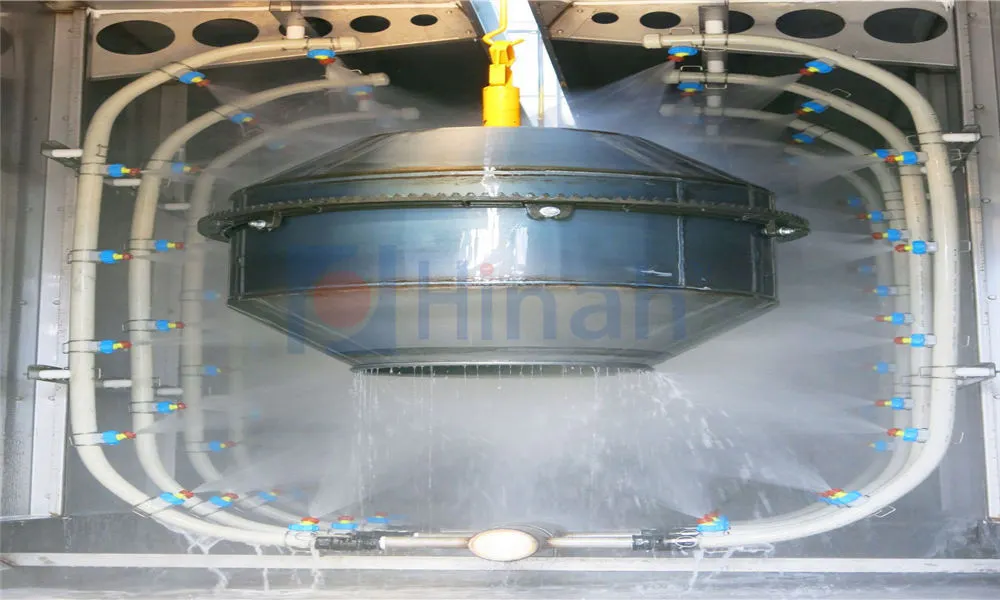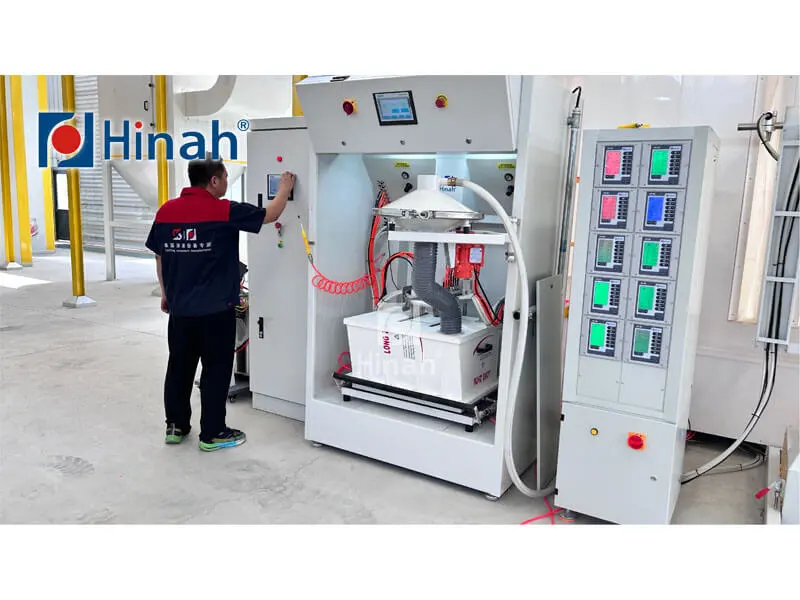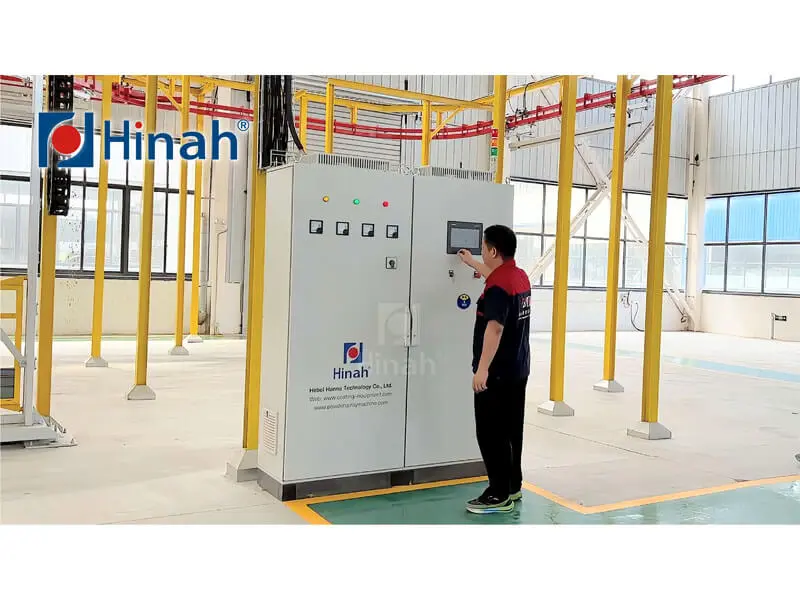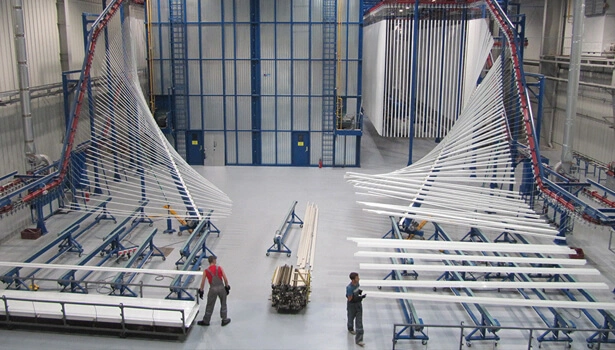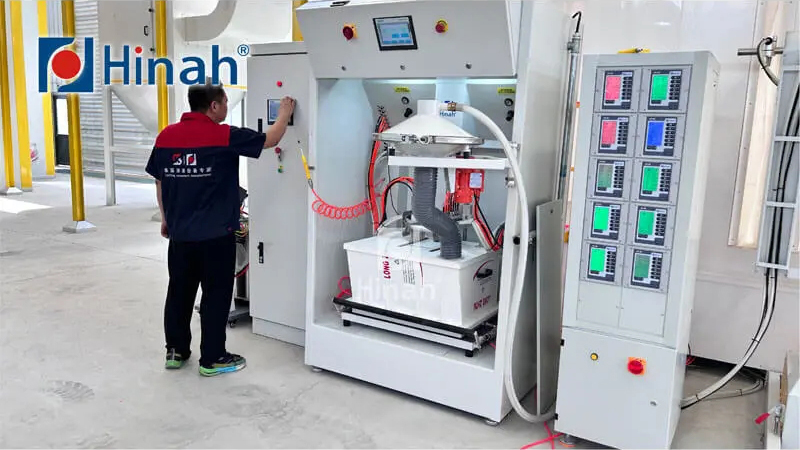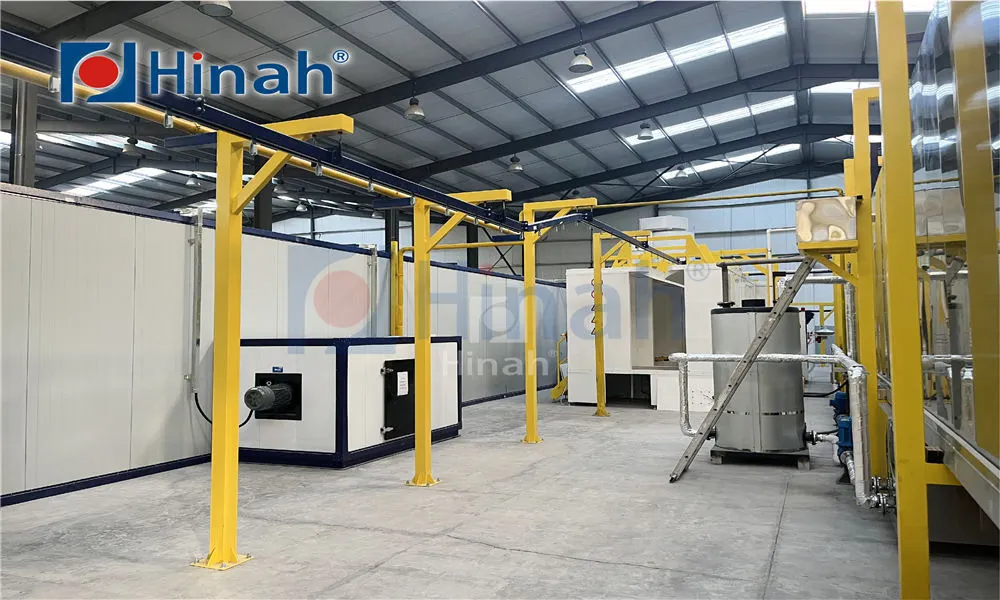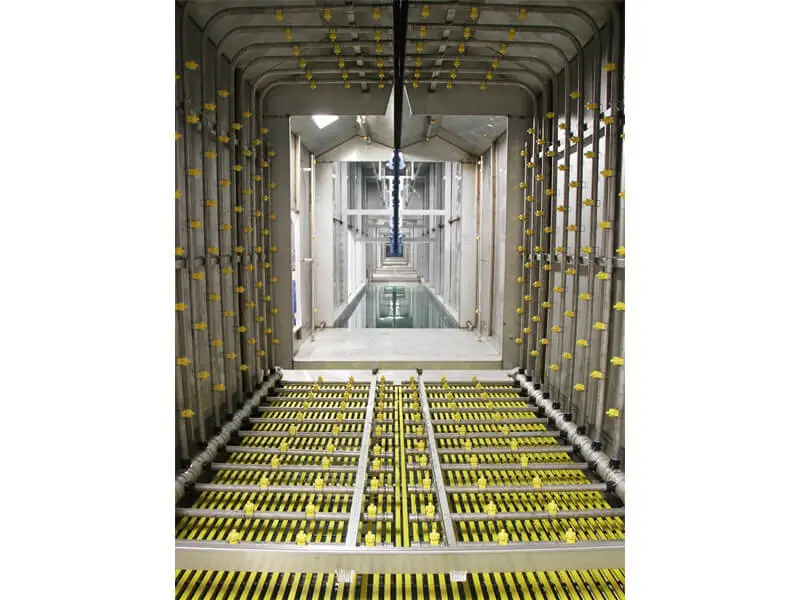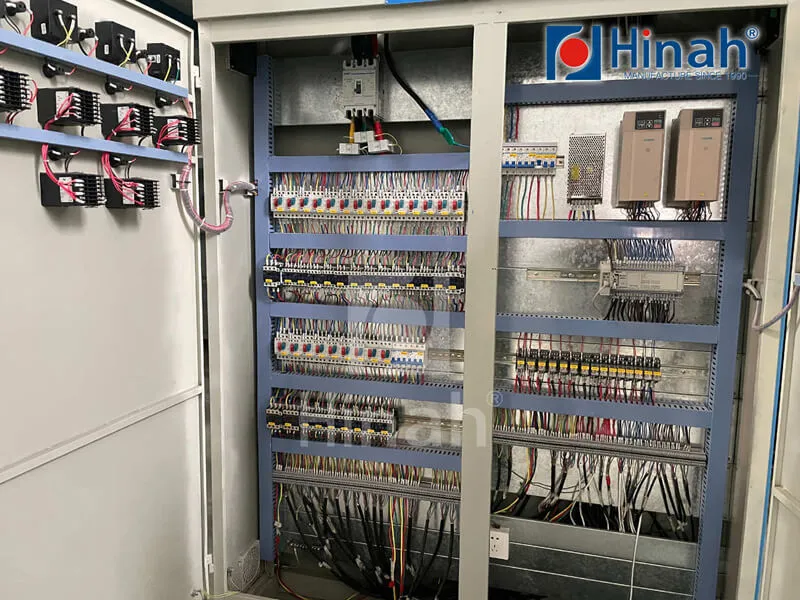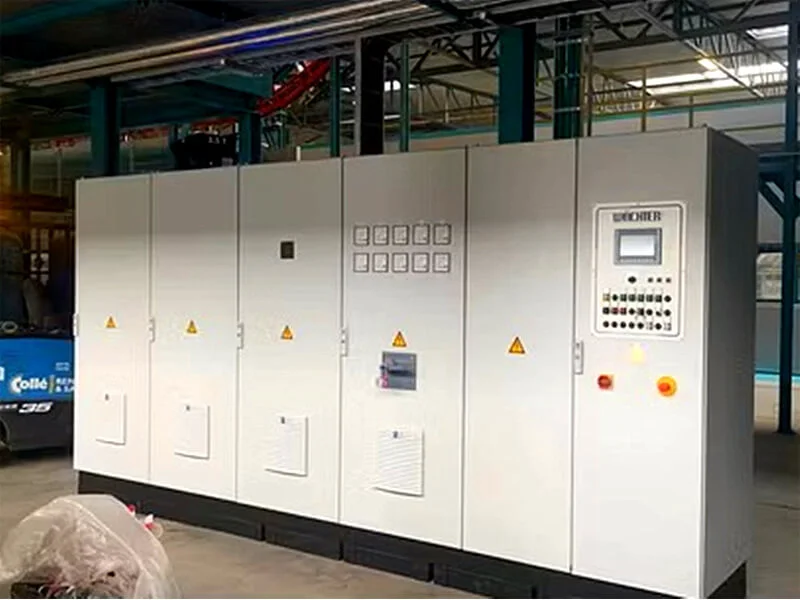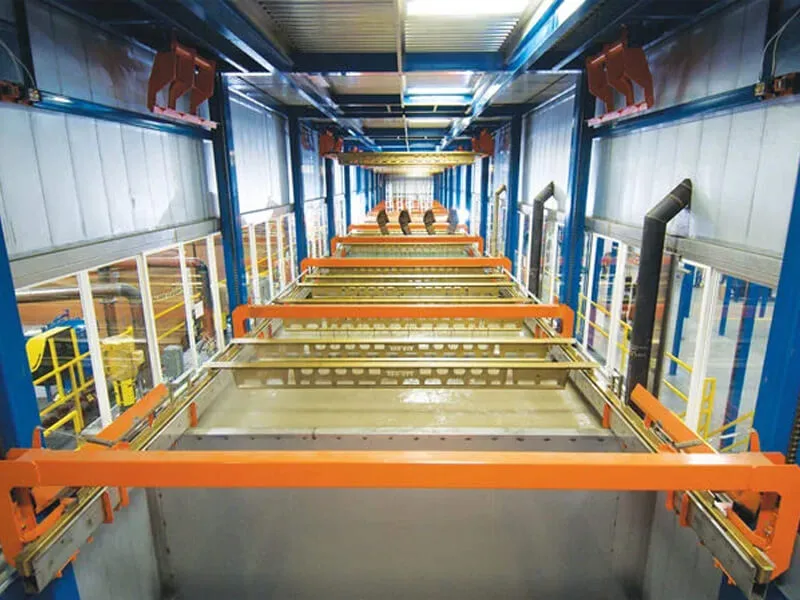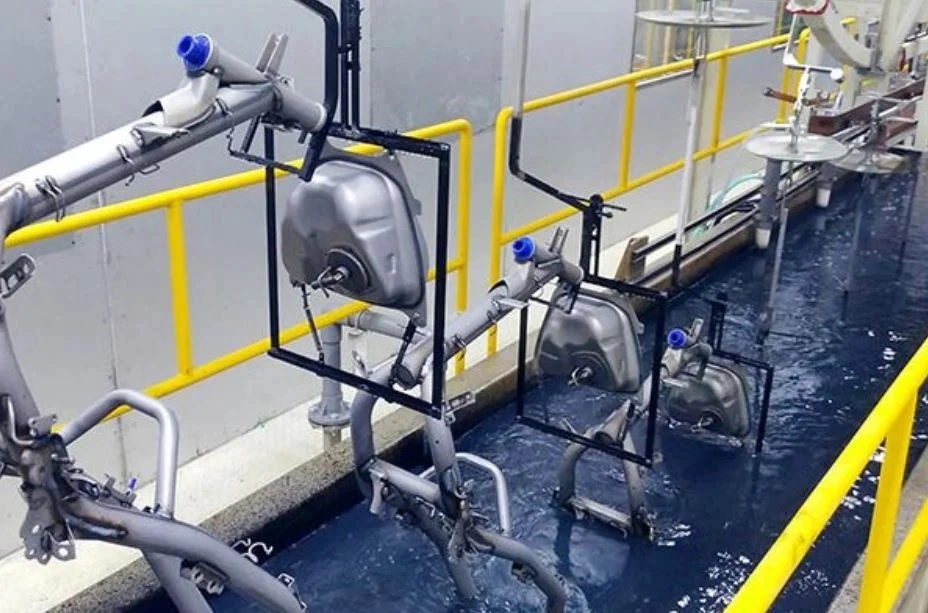When it comes to finishing processes in manufacturing, industrial powder coating equipment has revolutionized how businesses achieve durable, high-quality surfaces on metal products. Unlike traditional liquid coatings, powder coating offers superior resistance to corrosion, scratches, and fading, making it a go-to choice for industries ranging from automotive to furniture. However, selecting the right industrial powder coating equipment isn’t a one-size-fits-all decision. It requires careful evaluation of factors like application needs, technology, and budget. In this article, we’ll dive into five essential aspects to help you make an informed choice, ensuring your investment boosts efficiency and product quality. Plus, we’ll highlight how brands like HANNA contribute to this field, and address common queries in our FAQ section.
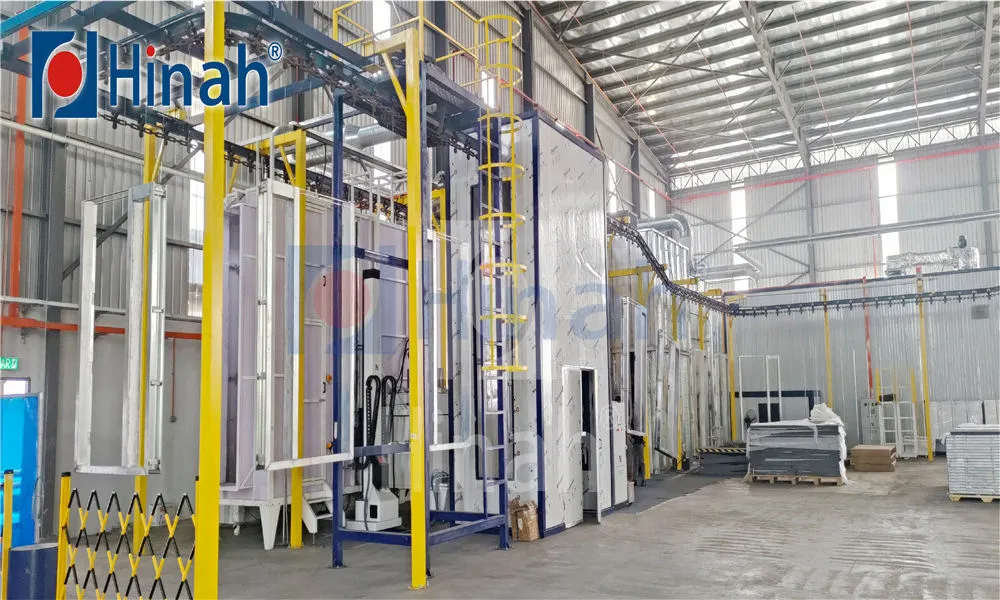
Industrial powder coating equipment refers to the machinery and systems used to apply a dry, powdered paint to surfaces through an electrostatic process, followed by curing in an oven to form a hard, protective layer. This equipment is crucial for mass production environments, where consistency and speed are paramount. A typical setup includes components like powder spray guns, booths, recovery systems, and curing ovens. The process starts with surface preparation—cleaning and pre-treating the substrate—before the powder is applied electrostatically, ensuring even coverage. Finally, the coated item is heated, allowing the powder to melt and bond securely. This method is eco-friendly, as it produces minimal volatile organic compounds (VOCs), and it’s widely used for everything from machinery parts to consumer goods. Investing in reliable industrial powder coating equipment can slash waste and reduce long-term costs, making it a smart move for any fabrication business.
Types of Industrial Powder Coating Systems
Not all industrial powder coating equipment is created equal; understanding the different types can help you match the system to your operational needs. Broadly, these systems fall into two categories: manual and automated. Manual systems are ideal for small-scale or custom jobs, where an operator handles the spray gun for precise control. They’re cost-effective but may lack the speed for high-volume production. On the other hand, automated systems, such as conveyor-based setups, are designed for large-scale operations. These often include robotic arms that apply powder uniformly, minimizing human error and maximizing throughput. Another key variation is in the application method: electrostatic spray systems use charged particles to attract powder to grounded objects, while fluidized bed systems immerse preheated parts in a powder-filled bed for thicker coatings. Additionally, recovery systems—like cyclones or cartridge filters—recycle overspray powder, boosting efficiency. When evaluating industrial powder coating equipment, consider factors like your production volume, part complexity, and space constraints. For instance, a compact booth might suit a workshop, whereas a full-line system with integrated ovens could benefit a factory. Brands like HANNA offer versatile options, from basic kits to advanced automated solutions, catering to diverse industrial demands.
Benefits of Using Industrial Powder Coating Equipment
Why has industrial powder coating equipment become a staple in modern manufacturing? The advantages are multifaceted, starting with durability. Powder-coated surfaces are tough, resisting chipping, UV rays, and chemicals far better than liquid paints. This longevity translates to lower maintenance and replacement costs over time. Efficiency is another big win; since the powder adheres electrostatically, overspray is minimal, and recovery systems can reclaim up to 99% of unused material. This not only cuts waste but also reduces environmental impact, as powder coatings contain no solvents and emit negligible VOCs. Moreover, industrial powder coating equipment enables faster application and curing cycles compared to wet painting, speeding up production lines. Aesthetically, it offers a uniform finish with a wide range of colors and textures, from matte to glossy, without drips or runs. For businesses, this means enhanced product appeal and customer satisfaction. From a safety standpoint, powder materials are generally non-flammable, reducing fire hazards in the workplace. Overall, integrating robust industrial powder coating equipment into your process can lead to higher quality outputs, cost savings, and a greener footprint—key reasons why industries worldwide are making the switch.
How to Choose the Right Industrial Powder Coating Equipment
Selecting the best industrial powder coating equipment involves more than just comparing specs; it’s about aligning with your specific needs and goals. First, assess your production volume. For low to medium output, a manual or semi-automatic system might suffice, but high-volume operations will benefit from automated lines with conveyor belts and robotic applicators. Next, consider the types of parts you’ll coat—complex shapes may require adjustable gun settings or multiple applicators for even coverage. Budget is crucial; while upfront costs for industrial powder coating equipment can range from a few thousand to hundreds of thousands of dollars, factor in long-term expenses like maintenance, powder consumption, and energy use for curing ovens. Look for energy-efficient models to keep operational costs down. Another aspect is compatibility with your facility’s infrastructure, such as space for booths and ovens, and electrical requirements. Don’t overlook safety features, like explosion-proof designs and proper ventilation, to protect workers. It’s also wise to research brands and read reviews; for example, HANNA is renowned for its durable and user-friendly industrial powder coating equipment, offering reliable performance in various settings. Finally, request demos or consult with suppliers to test equipment firsthand. By taking a methodical approach, you can avoid costly mistakes and ensure your investment in industrial powder coating equipment pays off in efficiency and quality.
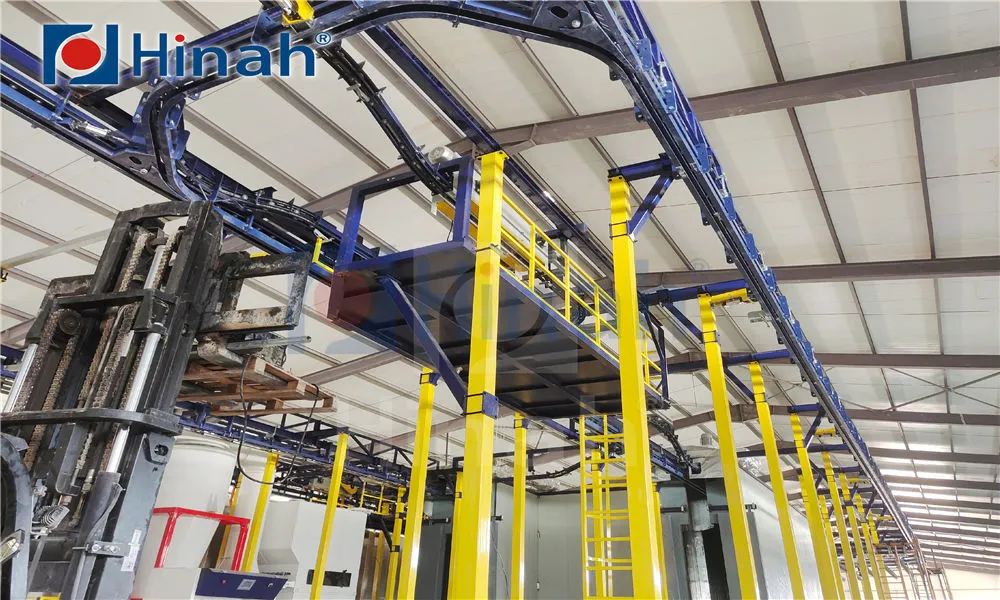
Spotlight on HANNA: A Trusted Brand in Industrial Powder Coating
In the crowded market of coating solutions, HANNA stands out as a reputable name for industrial powder coating equipment. Known for innovation and reliability, HANNA designs systems that cater to both small shops and large factories. Their product range includes everything from compact powder spray guns to full-scale automated booths and curing ovens. What sets HANNA apart is their focus on user-friendly features, such as intuitive controls and easy maintenance access, which reduce downtime and training time. For instance, their electrostatic guns offer precise adjustment for different powder types, ensuring consistent finishes on various materials. HANNA also emphasizes sustainability, with recovery systems that maximize powder reuse, aligning with eco-friendly practices. Many users report that HANNA industrial powder coating equipment excels in durability, handling high-volume cycles without frequent breakdowns. Additionally, the brand provides strong customer support, including installation guidance and spare parts availability. Whether you’re upgrading an existing line or starting from scratch, considering a brand like HANNA can offer peace of mind, thanks to their proven track record in enhancing productivity and finish quality across industries.
Cost Analysis and Budgeting for Industrial Powder Coating Equipment
Understanding the costs associated with industrial powder coating equipment is vital for making a sound investment. Initial expenses can vary widely: a basic manual setup might cost $5,000 to $20,000, while automated systems with advanced features can exceed $100,000. This includes components like spray guns, booths, recovery units, and curing ovens. However, don’t stop at the purchase price—consider ongoing costs such as powder materials (which average $5 to $15 per pound), electricity for curing, and routine maintenance. Energy-efficient ovens, for example, can lower utility bills over time. Labor costs also play a role; automated industrial powder coating equipment may reduce the need for skilled operators, but training staff on new systems is an upfront investment. To budget effectively, analyze your return on investment (ROI) by estimating factors like reduced material waste, faster production times, and longer product lifespans. Leasing or financing options can ease cash flow for small businesses. It’s also helpful to get quotes from multiple suppliers and inquire about warranties. Brands like HANNA often provide cost-effective packages without compromising on quality. By crunching the numbers thoroughly, you can ensure that your industrial powder coating equipment not only fits your budget but also drives long-term savings and growth.
Best Practices for Operating and Maintaining Industrial Powder Coating Equipment
To get the most out of your industrial powder coating equipment, proper operation and maintenance are non-negotiable. Start with training: ensure operators understand how to use guns and controls safely, following manufacturer guidelines to prevent issues like uneven coating or equipment damage. Regular cleaning is essential; powder buildup in booths or guns can lead to blockages and poor performance. Schedule daily checks for hoses and filters, and perform deeper cleanings weekly. Maintenance should include inspecting electrical components for wear, calibrating electrostatic settings, and testing oven temperatures to ensure consistent curing. For recovery systems, empty and clean collection units to maintain efficiency. Safety-wise, always use personal protective equipment (PPE) like masks and gloves, and ensure proper ventilation to avoid inhalation risks. Additionally, keep a log of maintenance activities to track patterns and address problems early. If you’re using HANNA industrial powder coating equipment, refer to their manuals for specific tips—their designs often include accessible parts for easy servicing. By adopting these best practices, you’ll extend the lifespan of your equipment, minimize downtime, and maintain high-quality outputs, making your industrial powder coating process a reliable asset.
Frequently Asked Questions (FAQs)
Q1: What is the average lifespan of industrial powder coating equipment?
A1: The lifespan of industrial powder coating equipment typically ranges from 10 to 20 years, depending on usage, maintenance, and quality. Regular cleaning, timely part replacements, and proper operation can extend this period. High-quality brands like HANNA often last longer due to robust construction.
Q2: How often should industrial powder coating equipment be maintained?
A2: Maintenance frequency varies, but a general rule is daily visual inspections, weekly cleanings of booths and guns, and comprehensive servicing every 6 to 12 months. Always follow the manufacturer’s recommendations—for instance, HANNA provides specific schedules for their systems to ensure optimal performance.
Q3: Can industrial powder coating equipment be used for non-metallic materials?
A3: While industrial powder coating equipment is primarily designed for metals, advancements allow coating certain plastics and composites with specialized powders and pre-treatment processes. However, it’s crucial to consult with suppliers to ensure compatibility and avoid damage.
Q4: What safety precautions are necessary when operating industrial powder coating equipment?
A4: Key precautions include wearing PPE like respirators and goggles, ensuring adequate ventilation to prevent powder inhalation, and using ground fault circuit interrupters (GFCIs) for electrical safety. Also, regularly check for potential fire hazards in curing ovens and follow lockout-tagout procedures during maintenance.
Q5: How does the cost of industrial powder coating equipment compare to traditional liquid coating systems?
A5: Industrial powder coating equipment often has higher upfront costs but lower long-term expenses due to reduced waste, faster curing times, and minimal VOC-related compliance costs. Liquid systems might be cheaper initially but incur higher material and environmental costs over time, making powder coating more economical for many applications.
In summary, investing in industrial powder coating equipment requires careful thought, but the benefits in durability, efficiency, and sustainability make it a worthwhile endeavor. By considering your specific needs and leveraging trusted brands like HANNA, you can transform your finishing process and stay competitive in today’s market.


